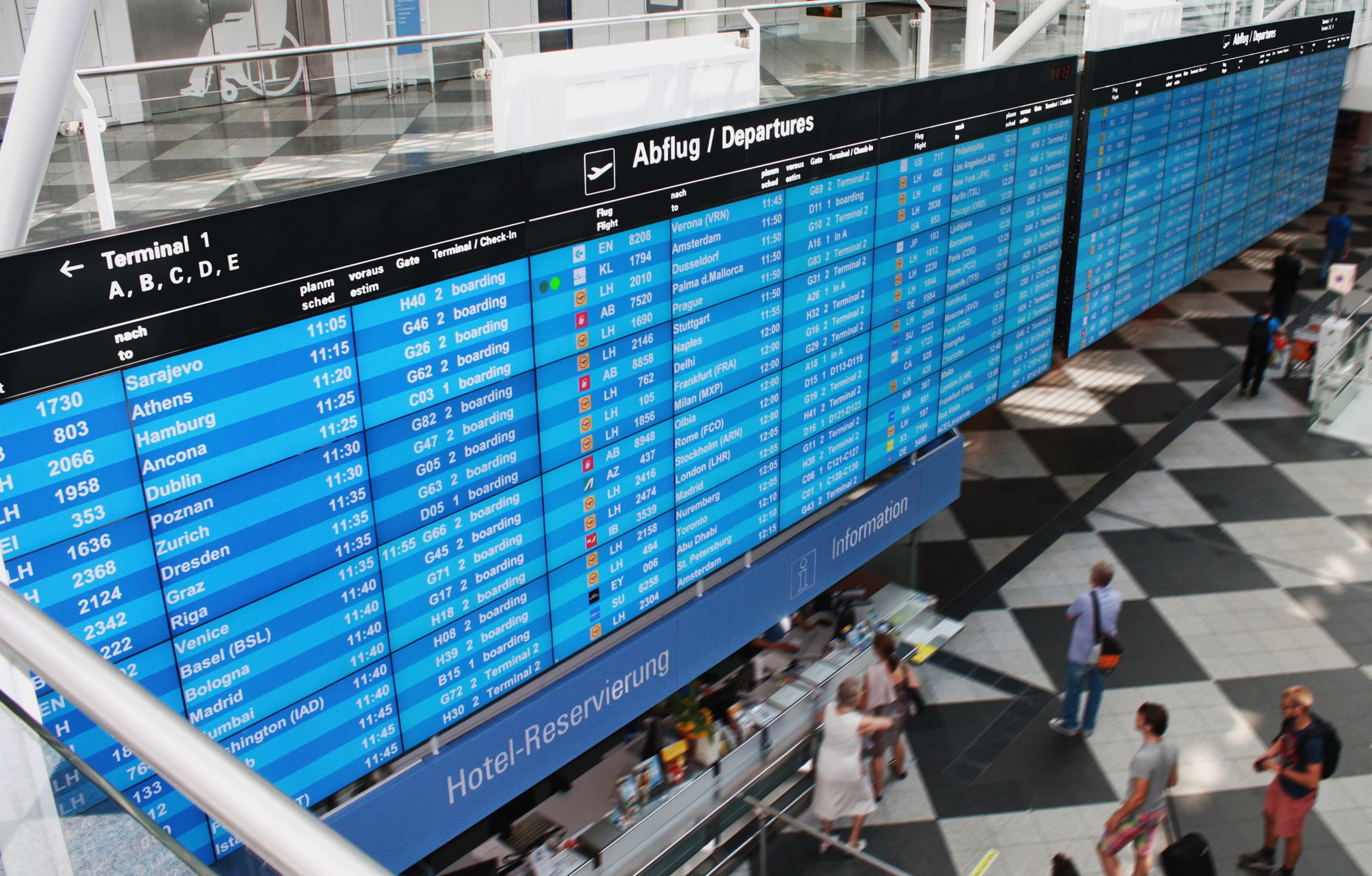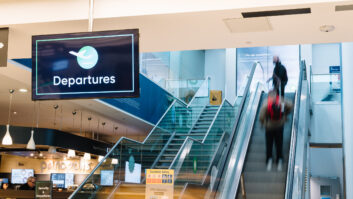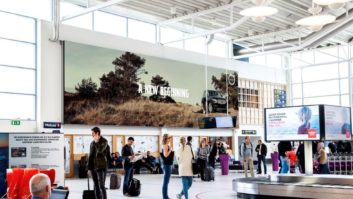
Higher-resolution displays and directional audio have effected a significant improvement to the overall AV environment at airports and railway stations. But could we now be on the verge of a new era of integrated systems for messaging and more, asks David Davies?
Wind back 15 or even 10 years, and airport and railway environments were frequently characterised by low-quality AV. All too often, the passenger would be confronted by barely intelligible announcements or a scarcity of visual displays – and even when they were in position, they habitually seemed to be awaiting repair. ‘AV as an afterthought’, indeed.
In this context, then, the difference wrought by a decade of renewal and replacement efforts from both the public and private sectors is particularly noticeable. And this is on track to continue; in the UK, for example, Network Rail is set to invest more than £25 billion by 2019 on station rebuilds and other improvements.
AV has been a notable recipient of these improvements, with site owner/operators and their integration partners able to take advantage of higher-resolution visual displays and more discreet, directional speaker systems to convey passenger information more effectively. The latter has been a particularly important consideration given modern architects’ propensity to deliver designs dominated by highly reflective surfaces.
As we shall see, the refinement of these approaches is continuing apace, but now there is another hot topic in the form of deeper software integration for messaging and other communications. Several major vendors – notably Harman with its IDX system, and Barix with its Audio Signage offer – have already ventured into this field, but there isn’t yet a consensus opinion on how long it will take for such combined solutions to become ubiquitous.
As NEC Display Solutions Europe aviation business development manager EMEA Richard Wilks remarks: “LCD remains the most common technology being used for passenger information, advertising and wayfinding, as well as in operational control rooms and training facilities.” But with the advent of higher-brightness LCD products, 24/7 laser projectors and, of course, LED solutions, there is now an abundance of display solutions for transport-related installations.
Absen is expecting to see strong take-up from the sectors with its newly launched N Series Smart & Slim flatpanel screen pixel pitch LED displays. Senior director advertising Europe Nacho Perez Borjabad highlights ease of installation, reliability, customisation possibilities delivered by modular design, and the “evolution of technology to develop smaller pixel displays [allowing the installation] of ultra HD screens with resolutions higher than 4K in places where the viewing distance is not that big” as being among the key factors encouraging LED display adoption.
US-based manufacturer NanoLumens has also made headway with indoor and outdoor LED products such as NanoSlim. Managing director EMEA David DaCosta remarks: “The growth in digital display in the aviation and rail sectors is on a significant upward curve, as is evidenced by the growth and deployment of large-format LED screens at every major UK airport over the past three years, and the investment by [advertising multinational] JCDecaux in its branded Mega Size roll-out at key strategic locations in London. According to the CEO of JCDecaux at a recent industry meet in Budapest, JCD is only at the start of a long-term strategy of digitalising its transport assets, which according to JCD have not even reached 10%.”
Indeed, it is clear that emerging advertising opportunities are underpinning a lot of new display installation work. “Digital signage offers a great way for transport hubs to generate revenue,” confirms James Keen, marketing manager at digital signage, IPTV and VOD streaming software specialist Tripleplay Services. But it’s not just major sites like Waterloo Station that can benefit – “smaller stations can offer local businesses the opportunity to advertise on a smaller network of screens, bringing in smaller but ongoing revenue streams. Airports have also begun rolling out IPTV and digital signage into executive lounges to entertain priority passengers, while they have also started to deliver TV services to screens around queuing areas to alleviate boredom while waiting at customs or security.”
Wilks, too, underlines the importance of new large-format display technologies in “driving the conversion of static advertising to digital”, but also highlights the role of emerging technologies such as NFC (near field communication) in “providing more relevant information to the passenger on his/her journey, whether it be directed marketing or journey information based upon their destination. So a connection between their mobile device and the display assets will become more important in the future.”
Absen
Barix
Harman
NanoLumens
NEC Display Solutions
QSC
Symetrix
Tripleplay







